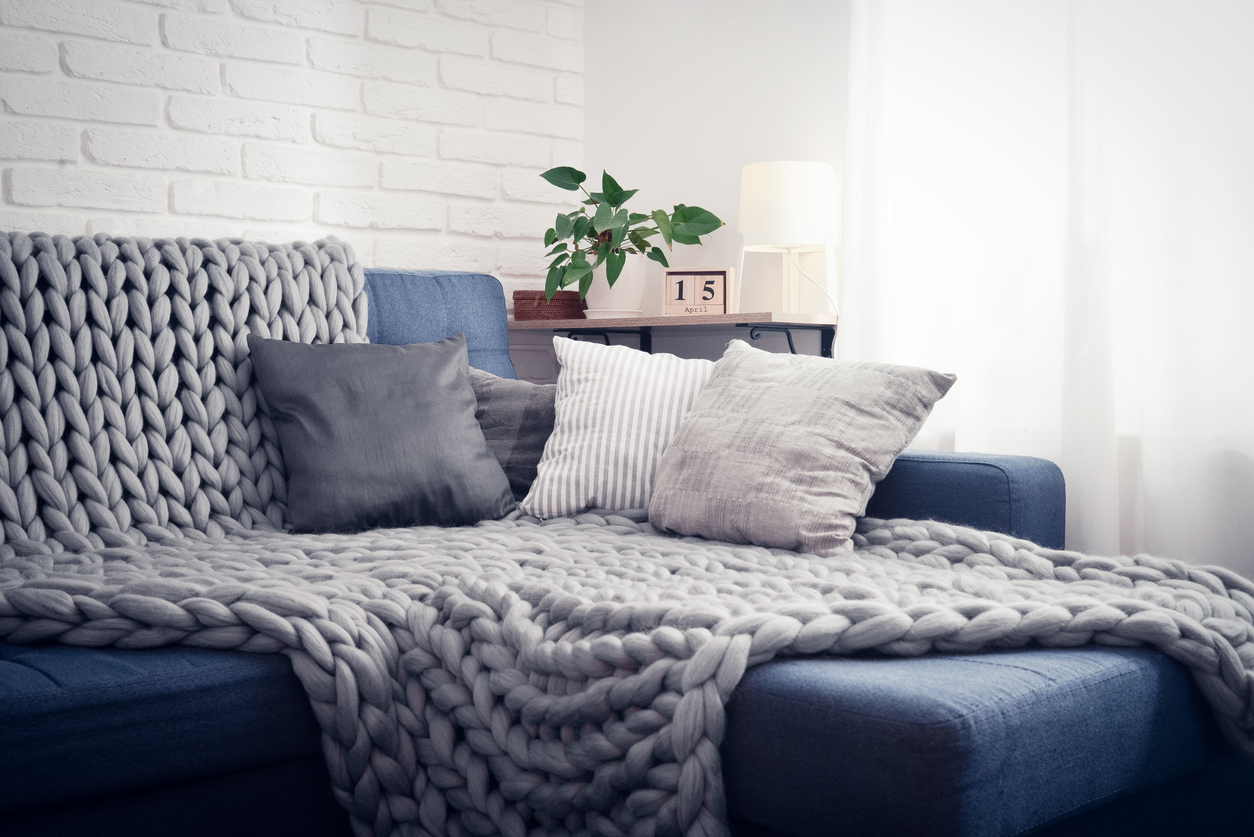
It’s officially soup season, and that means you will more-than-likely be spending a good deal of your time indoors. Ensure that you and your guests will feel a truly warm welcome when stepping into your home this time of year with these cold-weather decor trends
Mohair Throw Blankets
Nothing adds a pop of color and warmth quite like a throw blanket, but while any throw blanket can accomplish this, a mohair woven from angora goat hair and wool, has a great texture. This natural fibre can fit in with any home decor and instantly lends a cozy feel to any seating area.
Faux Fur
Whether you are using rugs or want to enliven your space with an assortment of textured pillows, there’s nothing more cozy than a faux fur item in your living space. Pro tip: for a modern look only use fur to accent your space, it should not take the focus. Faux furs of any color (but particularly white) add a clean soft mood when paired with natural fiber furniture such as jute, hemp, bamboo, or wood.
Throw on More Pillows
Throw pillows are an essential item to make any sofa look more inviting. In the chillier seasons an easy way to embrace a cozy vibe is to simply add more pillows to the mix. A few more throw pillows than average can radiate a warm and welcoming feel that beckons you to sit and get comfortable.
Warm-toned Window Treatments
Thick and warm-toned window treatments act like scarf of your home. Not only do they provide real warmth by insulating; they act as the perfect accent to the rest of your decor and truly send the message that you are fall or winter-ready.
Getting your home ready for the cold weather is all about achieving a cozy and comfortable feel. With a little help from these cold-weather decor trends, there’s no doubt you’ll be loathe to ever leave your house.





